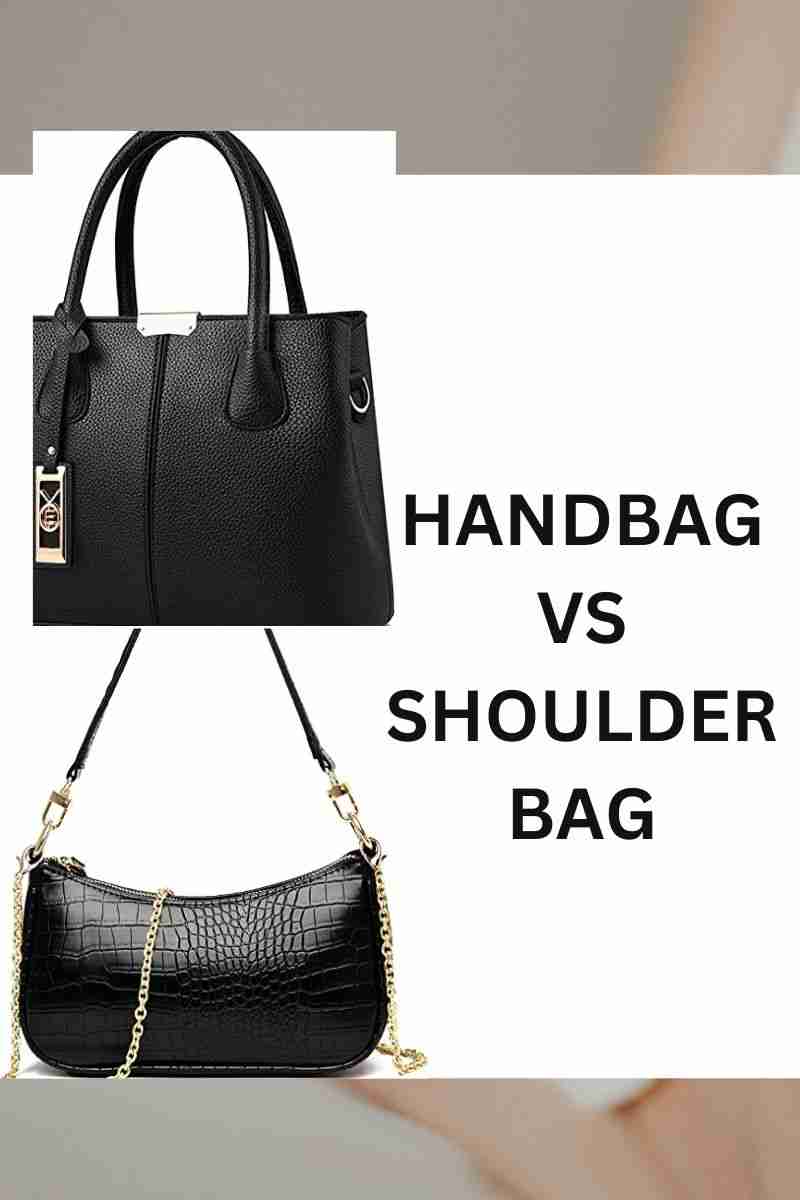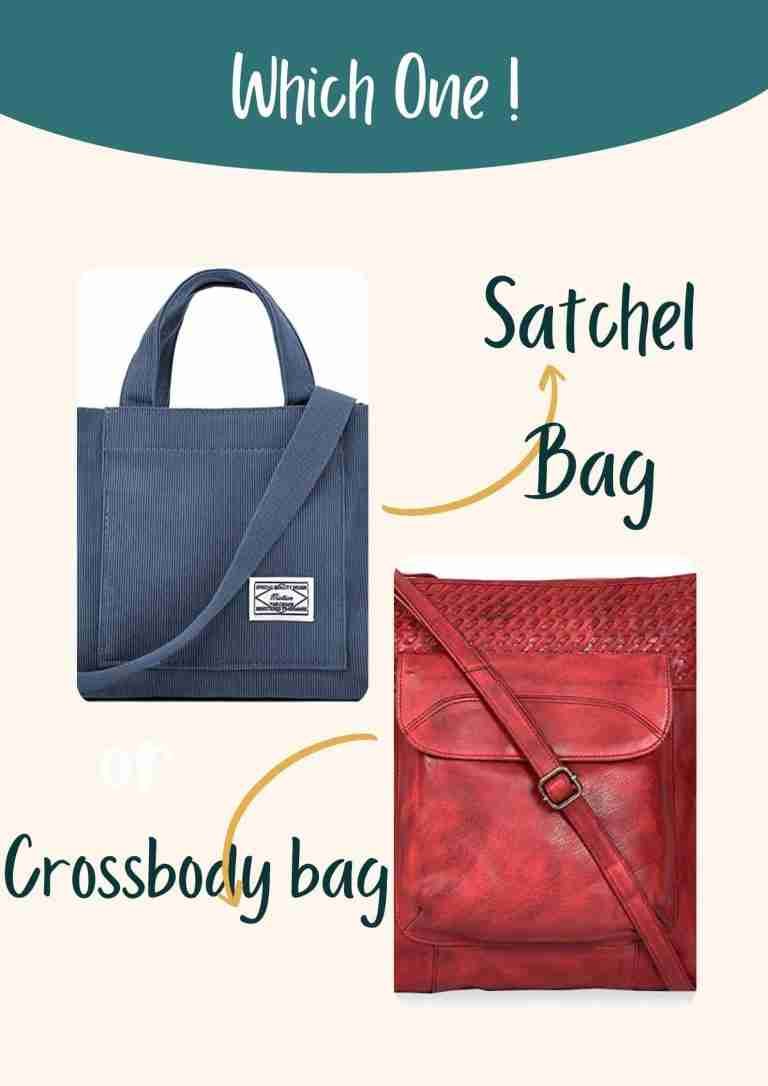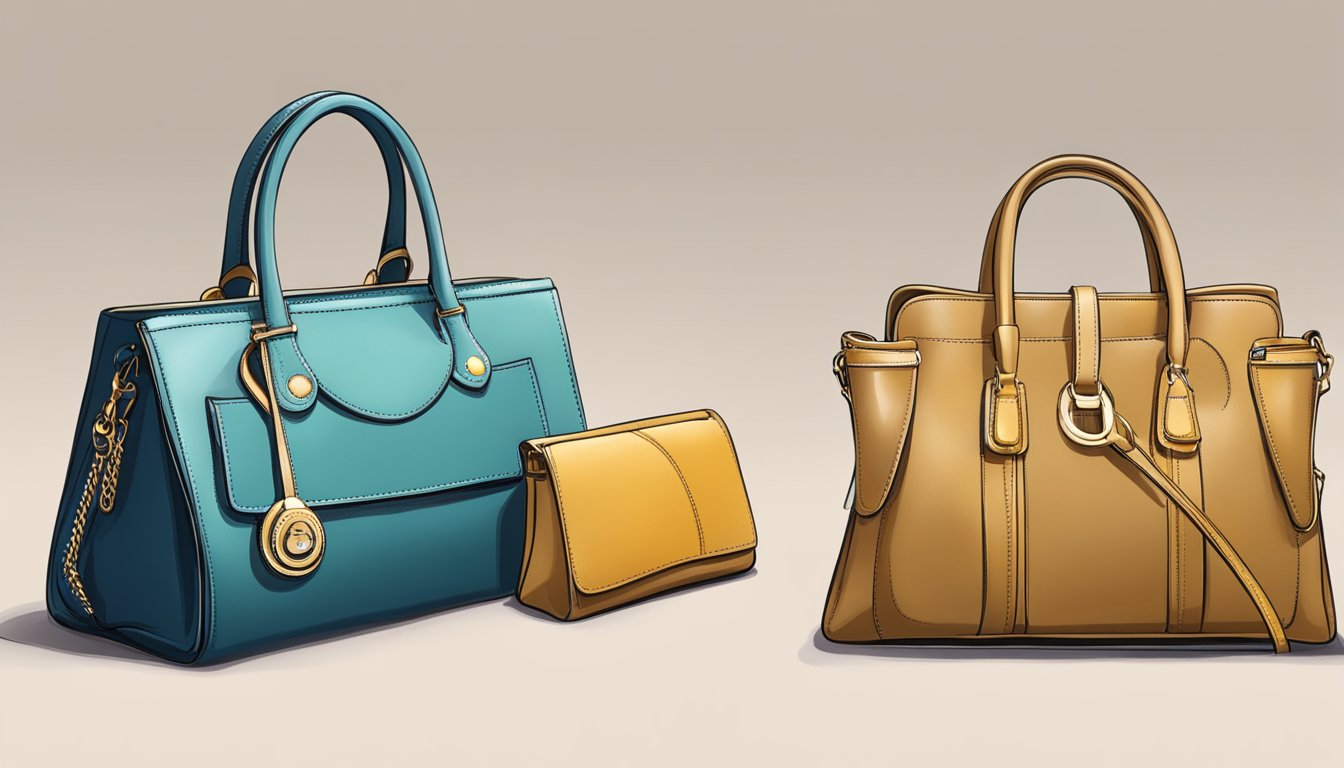The main difference between a pocketbook, purse, and handbag lies in regional dialect and historical context. A handbag is the most universal term for a bag.

Table of Contents
- What is a Handbag? The Universal Carrier
- What is a Purse? The Everyday Essential
- What is a Pocketbook? A Term of Tradition
- Key Differences at a Glance: Pocketbook vs. Purse vs. Handbag
- Are There Any Similarities?
- Which Term Should You Use?
- Choosing the Right Bag for Your Needs

What is a Handbag? The Universal Carrier
The term handbag is widely considered the most encompassing and internationally recognized name for a woman’s bag. It refers to a medium-to-large bag, typically with handles or a strap, designed to be carried either by hand or over the shoulder or forearm. In the fashion industry and formal retail settings, “handbag” is the standard, preferred term because of its broad and unambiguous definition. It can describe everything from a structured leather satchel to a casual tote or a sophisticated clutch.

Historically, the term gained popularity in the early 20th century as women began to carry more personal items with them, necessitating larger, more practical bags than the small, decorative pouches of previous eras. A handbag is defined by its function as a holder for a variety of essentials—wallet, keys, phone, makeup, and more. Its design often features compartments, pockets, and a secure closure, emphasizing both style and utility. Whether you are looking at a classic tote, a professional briefcase-style bag, or an elegant evening bag, they all fall under the broad and versatile umbrella of a handbag.
What is a Purse? The Everyday Essential
The word purse has a fascinating dual meaning that largely depends on your geographical location. In American English, “purse” is often used synonymously with “handbag” as a general term for any bag a woman carries. It is the most common, casual term used in everyday conversation across the United States. You might hear someone say, “I left my keys in my purse,” referring to anything from a small crossbody to a large shoulder bag.
However, in British English, a *purse* specifically refers to a small pouch used for carrying money, coins, and cards—what an American would call a “wallet” or “coin purse.” This distinction is crucial and often a point of friendly confusion between speakers. The term’s origin traces back to the Latin word *bursa*, meaning “a bag,” which historically referred to a small drawstring pouch for holding coins. Over time, in America, the term expanded to describe the entire bag, while in the UK, it retained its original, more specific meaning.
What is a Pocketbook? A Term of Tradition
Of the three terms, pocketbook is the most dated and regionally specific. Its origins lie in a literal description: a small, book-sized case designed to be carried in a pocket, holding currency, papers, and important documents. Think of a small, foldable wallet or a compact case. Over time, especially in certain parts of the United States like the American South and Northeast, the term “pocketbook” evolved to describe a woman’s handbag, much like the word “purse.”
Today, “pocketbook” is used far less frequently than “purse” or “handbag.” To younger generations, it may sound old-fashioned. While some people still use it out of habit or regional tradition, it is not common in global fashion or retail. When someone uses the word “pocketbook,” they are almost always referring to what others would call a purse or a handbag. It carries a sense of nostalgia and tradition but has largely been replaced by more modern terminology.
Key Differences at a Glance: Pocketbook vs. Purse vs. Handbag
While the terms are often used interchangeably, their nuances are rooted in formality, region, and history. Understanding these subtle distinctions can clarify communication, especially in a global context. The primary differentiators relate to common usage and accepted definitions in different parts of the English-speaking world.
| Feature | Handbag | Purse | Pocketbook |
|---|---|---|---|
| Primary Meaning | A bag of any size with handles or a strap, carried by hand or on the shoulder. The most universal term. | (AmE): Synonymous with handbag. (BrE): A small pouch for coins and cards (a wallet). | A bag for money and personal items; a term often used synonymously with purse, but more dated. |
| Common Size | Small to large; encompasses all sizes. | Tends to imply a smaller to medium-sized bag in AmE. Very small in BrE. | Historically small, but now used to describe any size of handbag in certain regions. |
| Regional Usage | International; standard in the UK and the fashion industry. | Predominantly used in the United States as a general term. | Primarily used in specific regions of the United States (South, Northeast); often considered archaic. |
| Formality | Formal and industry-standard. | Informal, everyday language. | Informal and traditional. |
Are There Any Similarities?
Despite their distinct origins and regional preferences, the core function of a handbag, purse, and pocketbook is identical: to provide a stylish and convenient way to carry personal belongings. In modern American English, the functional overlap is so complete that the choice of word is simply a matter of personal habit or dialect. All three terms describe an accessory designed for portability and organization.
Furthermore, all three categories encompass a vast array of styles, materials, and designs. Whether you call it a handbag, purse, or pocketbook, you can find it in the form of a tote, satchel, clutch, or crossbody. The fundamental purpose remains the same, which is why the terms have become so muddled and interchangeable in many parts of the world. Ultimately, they all refer to a woman’s indispensable accessory for daily life.
Which Term Should You Use?
Choosing the right word depends entirely on your audience and context. For clarity and universal understanding, handbag is the safest and most accurate choice. It is the preferred term in professional, international, and fashion-related contexts. If you are writing for a global audience or discussing specific styles, “handbag” will prevent any confusion.
In casual, everyday conversation within the United States, purse is perfectly acceptable and the most commonly used term. It’s friendly, familiar, and widely understood. However, be mindful when speaking with someone from the UK or another Commonwealth country, as they will likely assume you mean a coin wallet. As for pocketbook, it’s best reserved for informal settings where you know the term is common, or if you wish to evoke a slightly vintage or traditional tone.
Choosing the Right Bag for Your Needs
Beyond the terminology, the most important decision is selecting a bag that fits your lifestyle, occasion, and personal style. The right accessory not only complements your outfit but also serves a critical functional role in your day-to-day life.
Consider the Occasion
The event dictates the bag. A large, sturdy tote is perfect for a day of errands or commuting to work, offering ample space for a laptop, water bottle, and other necessities. For a formal dinner or a wedding, a small, elegant clutch is more appropriate, holding only the essentials like your phone, lipstick, and keys. A versatile crossbody bag is ideal for travel or a casual weekend outing, providing hands-free convenience and security.
Think About Functionality
Evaluate what you need to carry every day. Do you require multiple compartments to stay organized? Is a secure zipper closure a must-have, or do you prefer the easy access of a magnetic snap? Consider the weight of the bag itself before you even fill it. The type and length of the strap are also crucial—an adjustable shoulder strap offers versatility, while sturdy top handles provide a more classic, professional look.
Invest in Quality Materials
The material of your bag affects its durability, appearance, and longevity. For a timeless piece that endures, nothing compares to high-quality leather. A well-crafted bag made from full-grain leather, like those offered by Beldtura Leather, not only withstands daily wear but also develops a beautiful, unique patina over time. Investing in a quality leather handbag is an investment in a piece that will remain stylish and functional for years, transcending fleeting trends and proving its worth through exceptional craftsmanship.



